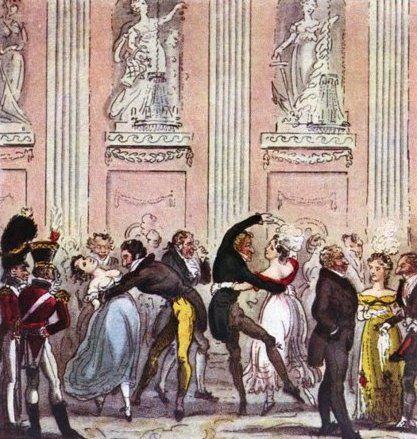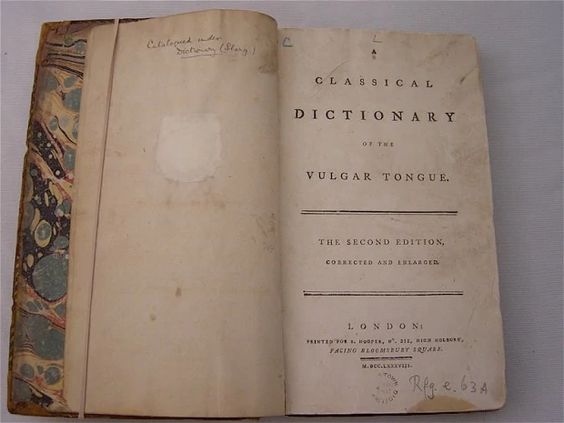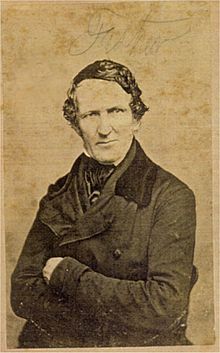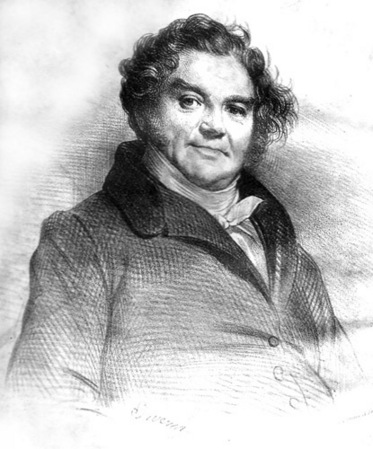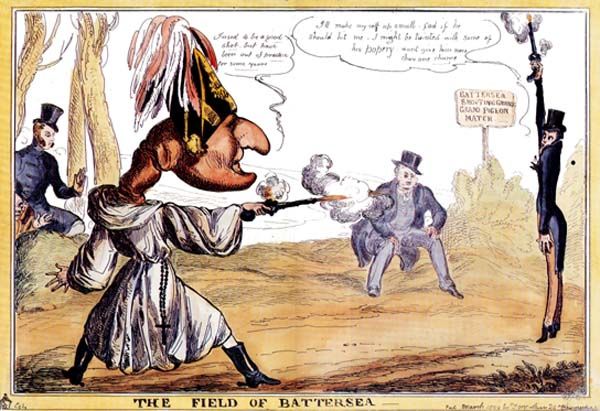Card Games
Regency folks loved card games, and many of those were either precursors to games we play now or are actually still being played. Whist, for example, became our present-day Bridge. Patience is our modern Solitaire, and Vingt-un (which is what the Brits called it; only the French called it Vingt-et-un) is actually our Blackjack. And Piquet (Warren and Delia’s game of choice) is still being played as it was centuries ago. In fact, the term carte blanche came directly from Piquet. It’s a very complicated game, so I haven’t attempted to master it, but you can find tutorials on the internet if that interests you.


